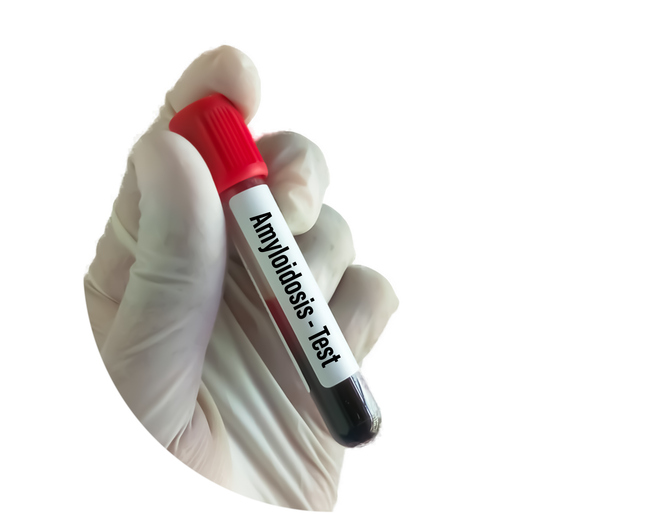
A study found that a multimodal artificial intelligence (AI) model detecting transthyretin cardiac amyloidosis (ATTR-CA), aggregating electrocardiogram (ECG) and echocardiogram (echo) risk prediction data, yields better diagnostic results compared to patient’s maximum score or no aggregation. The findings were presented at AHA 2024.
The AI-based model, ATTRact-Net, was first trained on almost 800 patients with 22,344 ECG/echo pairs completed within two years of a scan. The model’s previous performance showed an AUROC of 0.83 in internal testing. In this novel study, a test consisted of 422 patients with 12,387 pairs and an ATTR-CA prevalence of 23%.
The researchers noted that in this new hospital’s population, ATTRact-Net’s performance was assessed using four patient-level aggregation methods (mean, median, max, and no aggregation) for integrating predictions across multiple ECG/echo pairs.
The findings showed that the model achieved AUROCs of 0.78 (max), 0.82 (mean), 0.82 (median) and 0.82 (none). Mean and median aggregation outperformed both max and no aggregation by F1-score and DOR, the researchers noted. “A prospective clinical trial is underway using this strategy for early diagnosis of ATTR-CA across our healthcare system,” the researchers concluded.
Reference
Finer J, Haggerty C, Jing L, et al. Optimal Approach to Generate Patient-Level Decision from Study-Level Predictions Using a Multimodal Deep Learning Model for Detecting Transthyretin Cardiac Amyloidosis. Abstract #Mo3078. Presented at the American Heart Association Scientific Sessions 2024; November 16-18, Chicago, Illinois.







 © 2025 Mashup Media, LLC, a Formedics Property. All Rights Reserved.
© 2025 Mashup Media, LLC, a Formedics Property. All Rights Reserved.